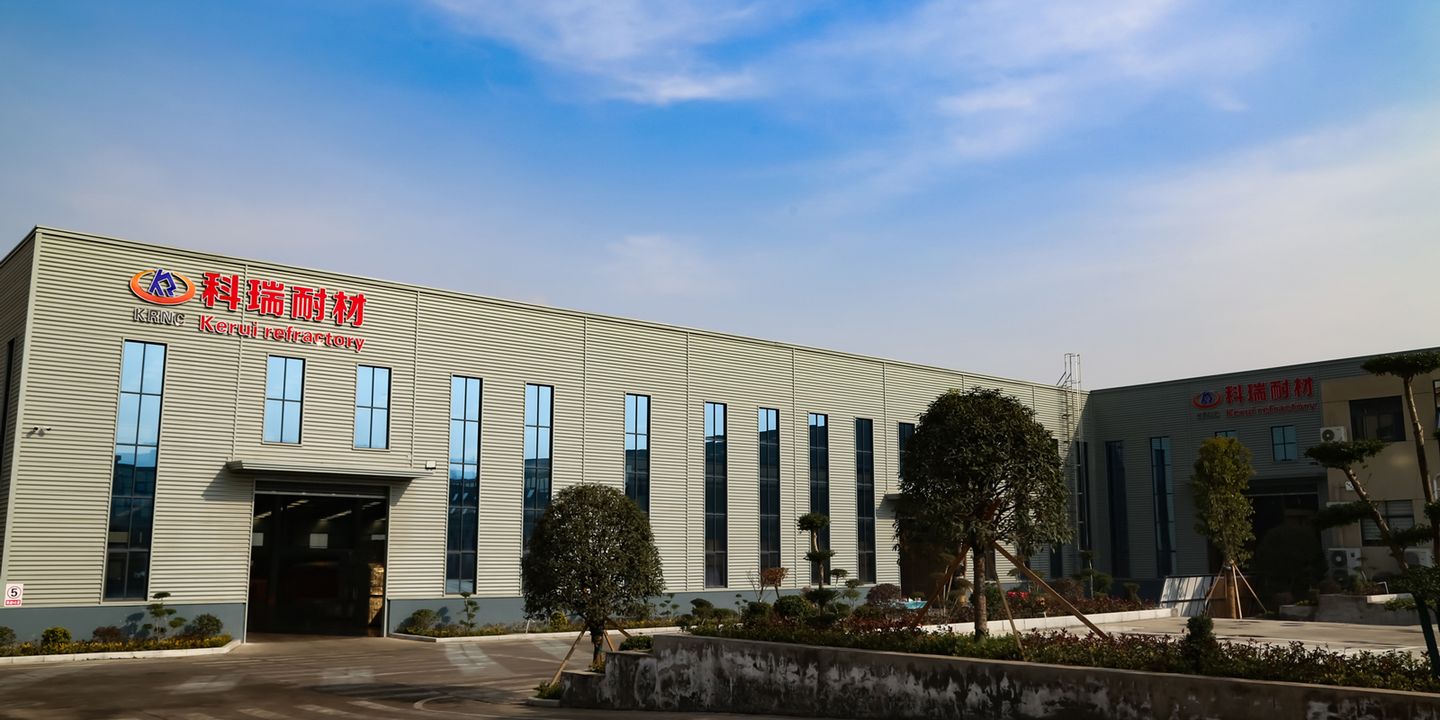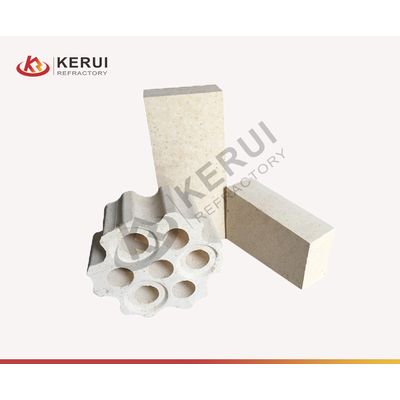


Enhancing Furnace Performance with High Alumina Refractory Bricks
In industrial applications, proper material selection plays an important role in ensuring process efficiency, longevity and safety. High alumina refractory bricks have become an integral part of high temperature environments such as furnaces, kilns and incinerators. These specialty bricks are highly resistant to heat, corrosion and wear, making them an important choice for industries ranging from steelmaking to cement production.
Learn About High Alumina Refractory Bricks
High alumina refractory bricks are precision-engineered materials mainly composed of alumina (Al2O3) and other additives that enhance its properties. A notable feature of these bricks is their high alumina content, typically greater than 50%. This high concentration of alumina gives the excellent alumina refractory bricks thermal stability and resistance to a variety of harsh conditions.
Main Advantages
Extremely high heat resistance: High alumina refractory bricks can withstand temperatures well over 1700°C (3092°F) due to their excellent heat resistance. This makes them ideal for applications in furnaces and kilns exposed to extreme temperatures.
Corrosion and erosion resistance: These bricks have excellent resistance to chemical attack and abrasion by corrosive substances, making them ideal for industries working with acidic or alkaline substances.
Mechanical Strength: The inherent mechanical strength of high alumina bricks allows them to withstand heavy loads and mechanical stresses, ensuring long-term structural integrity.
Thermal Insulation: While high alumina bricks are heat resistant, they are also good insulators, preventing excessive heat loss and contributing to energy efficiency.
Versatility: High alumina refractory bricks can be used in various industries such as steel, cement, glass, petrochemicals and ceramics. Especially you can feel it from advanced AZS heating and cooling. Its ability to adapt to different environments makes it a versatile solution.
Application Areas
Steel industry: High alumina refractory bricks are widely used in the steel industry as linings for converters, electric furnaces, ladles and tundishes. It can withstand the high temperatures and corrosive elements of the steel manufacturing process.
Cement Industry: Kilns and cement rotary kilns require materials that can withstand high temperatures and exposure to chemicals. These key components are lined with high alumina bricks to ensure stable and efficient cement production.
Incineration Plants: Incinerators operate at extreme temperatures when processing various types of waste. High alumina refractory bricks are essential to maintain the structural integrity of the combustion chamber.
Glass Industry: The manufacturing process of glass involves high temperatures and alkali-rich environments. High alumina bricks help improve the service life and reliability of glass furnaces and melting tanks.
Conclusion
In the refractory field, high alumina refractory brick shines as a beacon of reliability, resilience and versatility. Their ability to withstand extreme temperatures, resist corrosive agents, and provide mechanical strength make them essential components in a variety of industrial applications. From steel to cement, glass to incineration, these bricks ensure optimum performance and extended equipment life. If you want to improve the performance and service life of your furnace, high alumina refractory bricks are the best choice that will stand the test of time.


